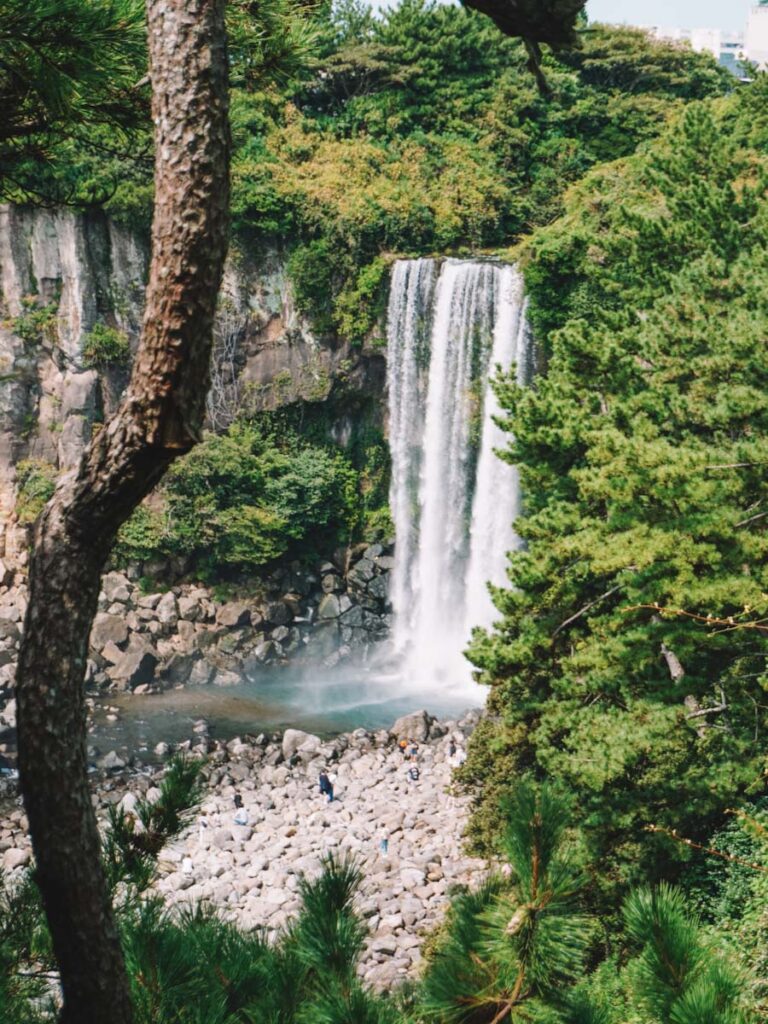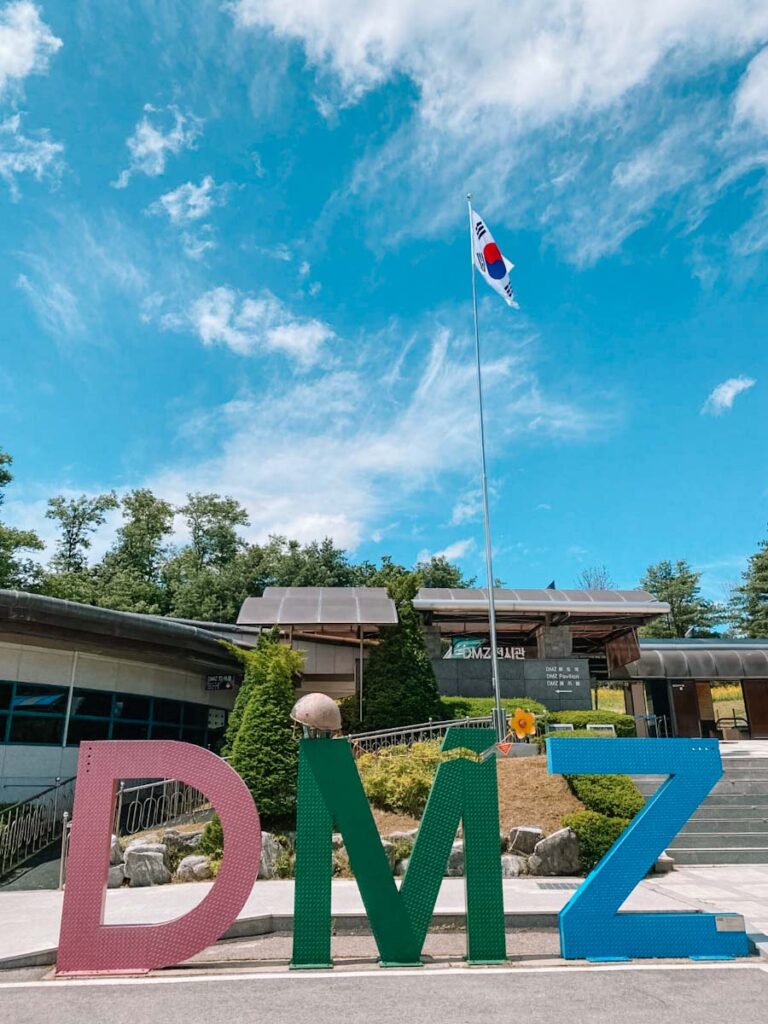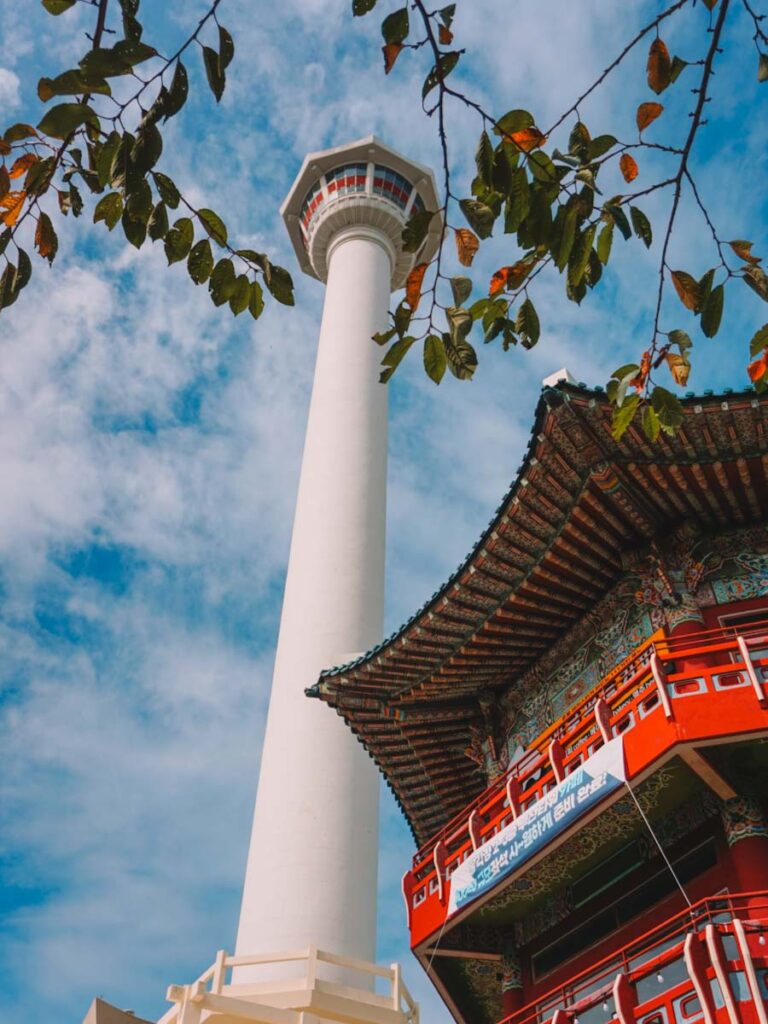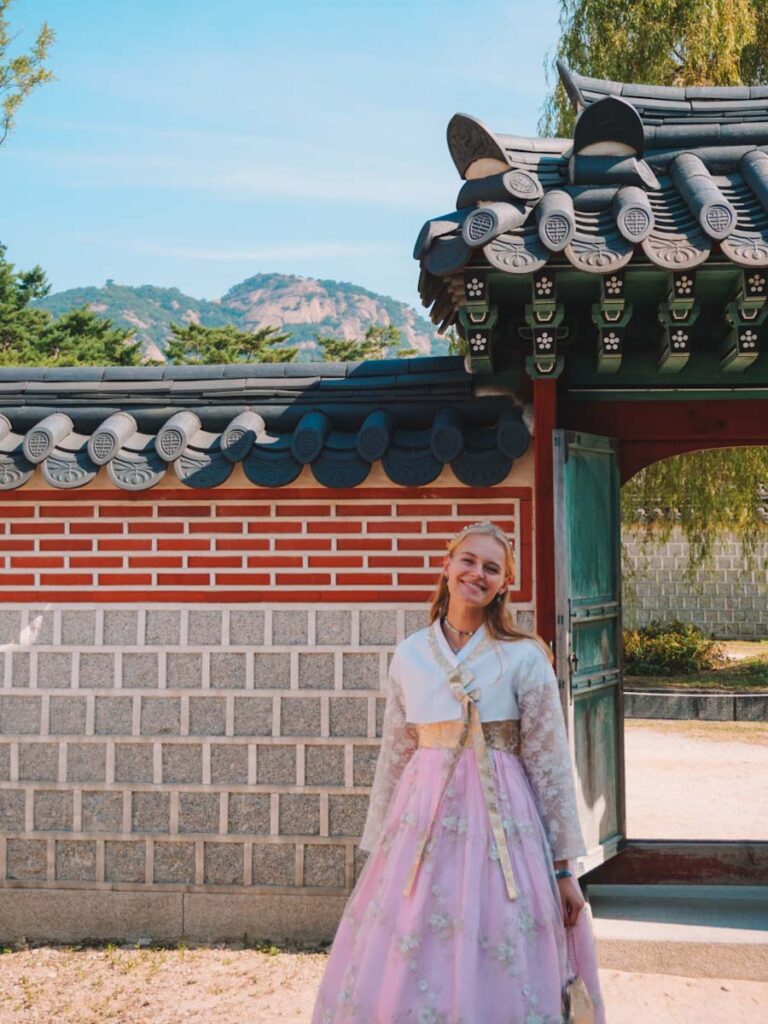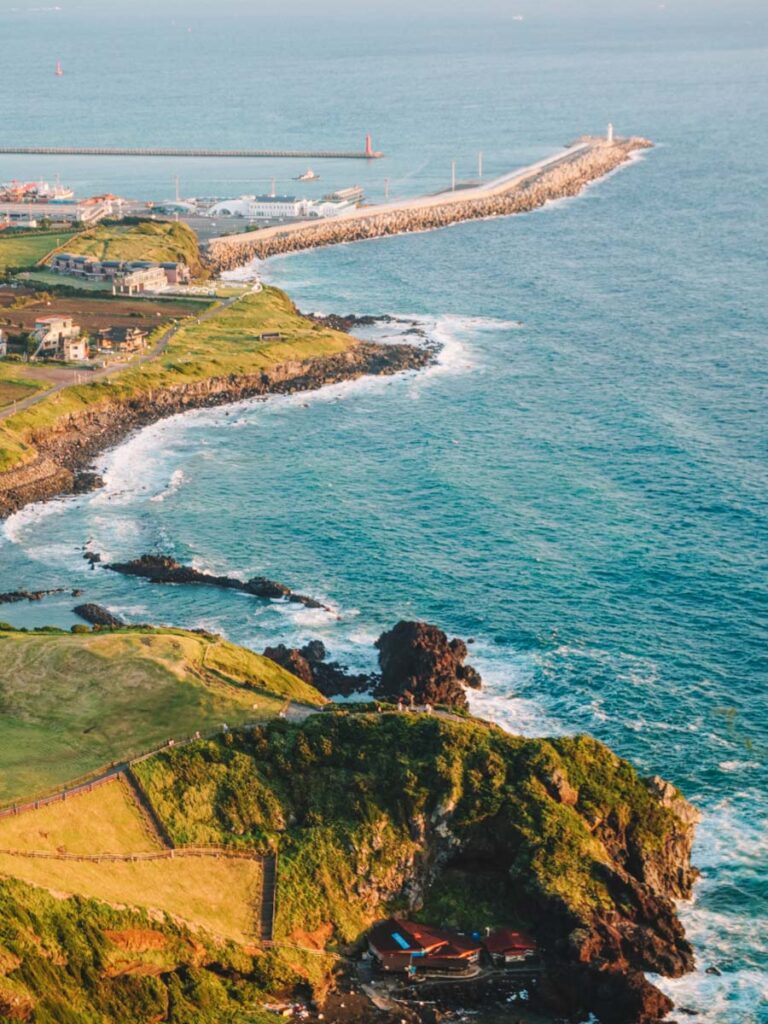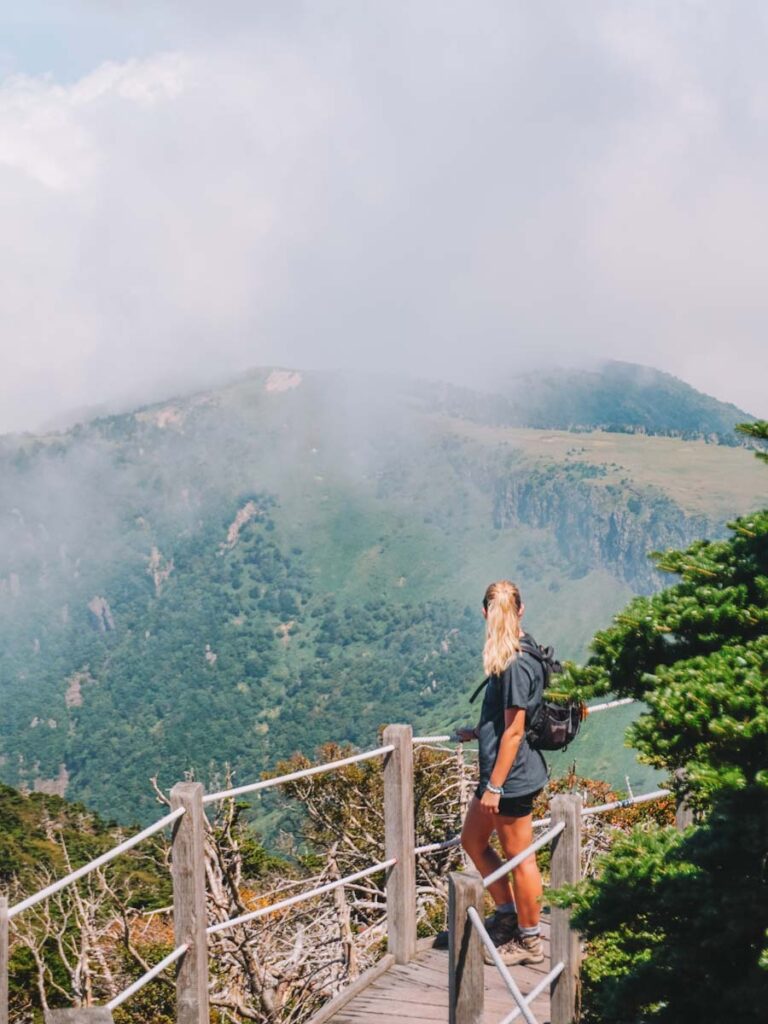Best time for hikes in Seoul
The best time to go on hikes in Seoul is either in autumn or spring. In both seasons, weather will be pleasant, not too hot and not too cold. The surroundings will be colourful and blooming with the smallest chances of rain. Spring is from March to May and Autumn runs from September through to November.
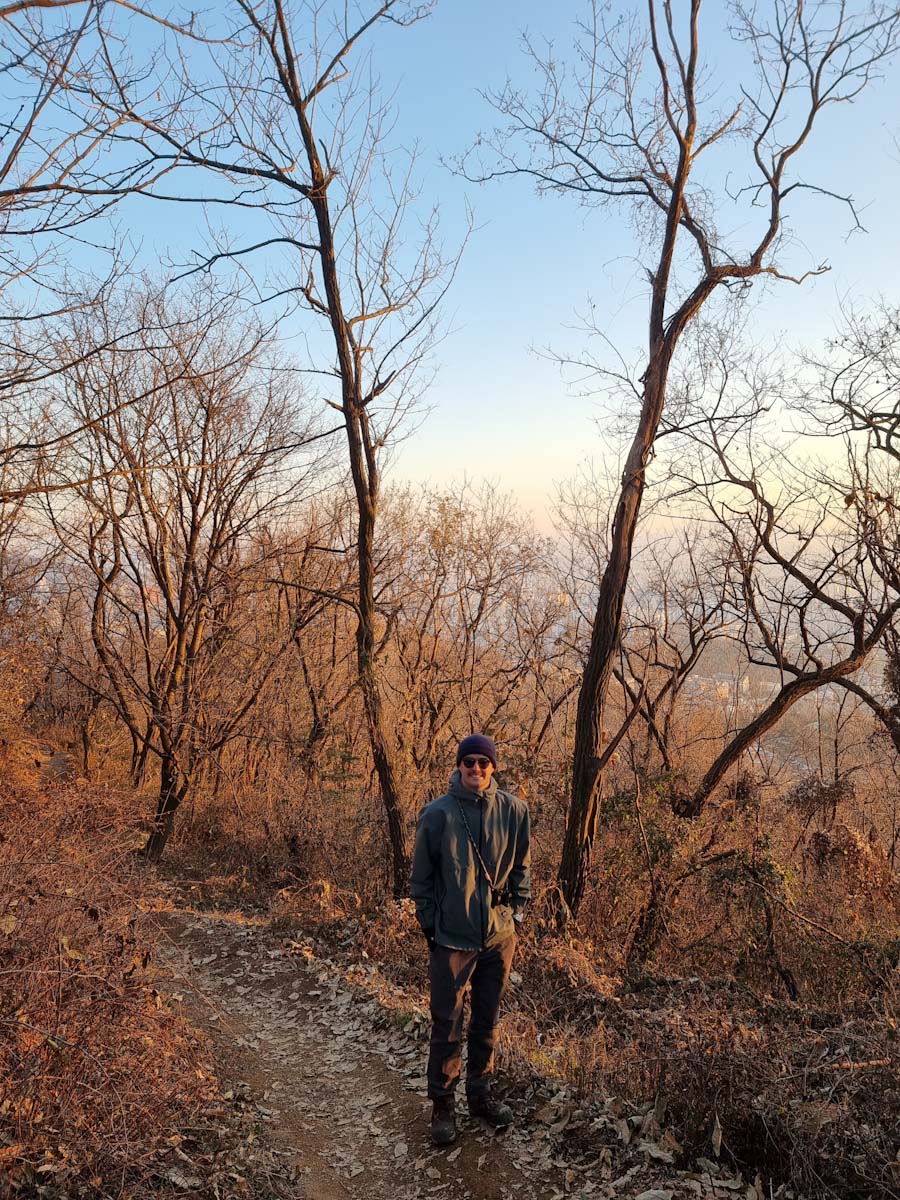
Where to stay in Seoul
Seoul is a big city and it can be overwhelming to pick a location. Fortunately, the public transport system is affordable and very convenient. We recommend staying in either Hongdae or Myeongdong, as there is so much to see and do in those areas. Myeongdong is more central and Hongdae is a happening student area.
Wanting to book?
Follow the links below for all your accommodation, transport, & activity needs!
Seoul hiking tips
Local hikers always seem extremely prepared for hikes, even for shorter easy hikes. So don’t get worried when you see people walking up with all their fancy equipment, it is absolutely not needed for the hikes we will discuss. They can easily be done in sneakers, just make sure you think about these things:
– Bring enough water and snacks, even though a hike might be easy it is important to stay hydrated, especially in warmer weather! In the winter months, bringing up tea in a thermo bottle is a great way to warm up.
– Save the route online, even though these hikes are quite easy, there are typically a range of different paths which can make it a bit confusing. We always use the app Alltrails which is very convenient.
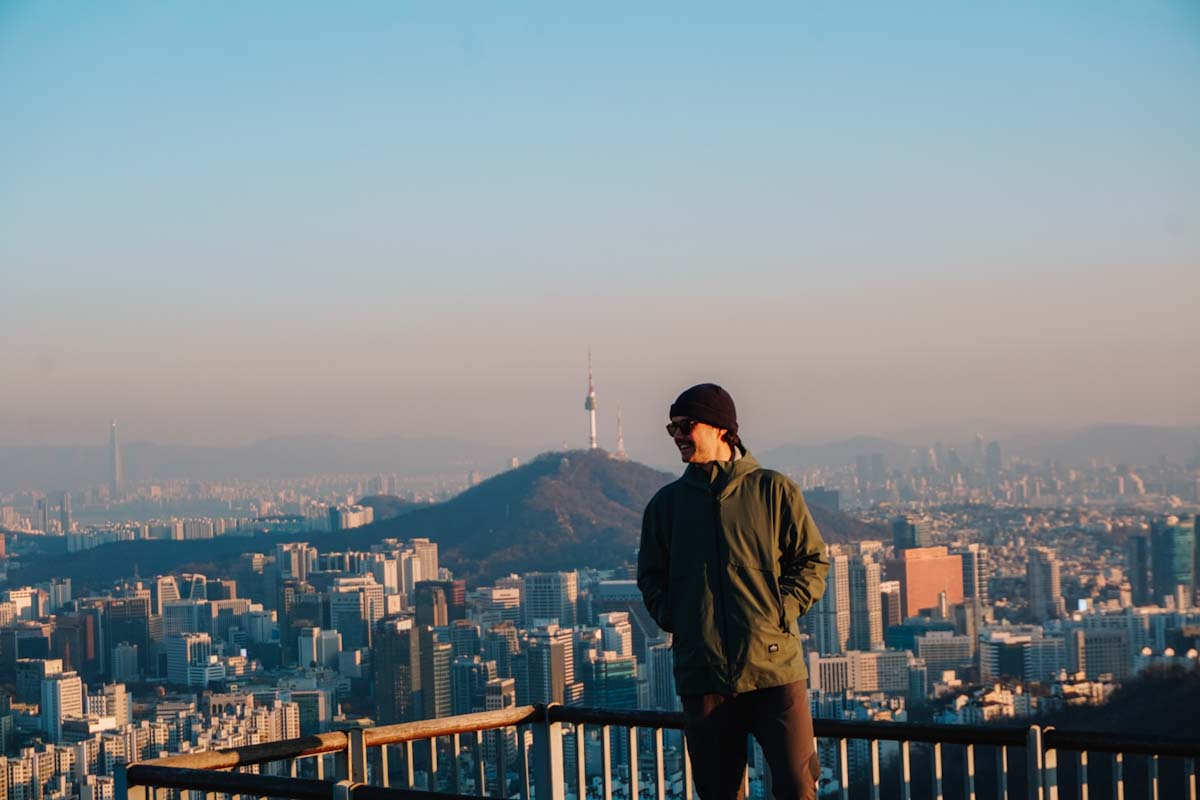
– Dress according to the season. In summer it can get pretty hot, so make sure to bring sunscreen, sunnies and/or a hat. In winter on the other hand, temperatures can get well below zero.
– Be cautious after rain. A lot of the hikes involve climbing up and down rocks, which get pretty slippery after rain.
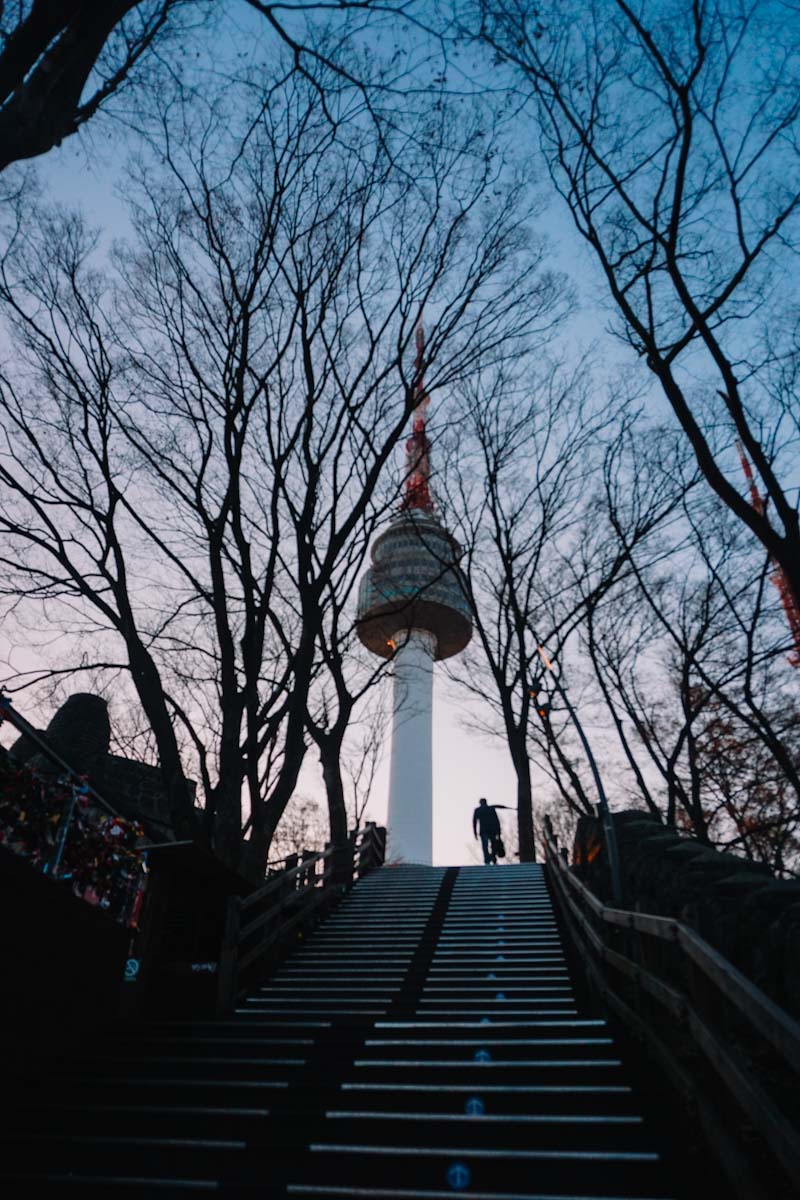
The best easy hikes in Seoul
All of these 4 hikes are located in or nearby downtown Seoul. So they are very easy to reach with public transport. They are perfect for just a morning or afternoon hike, and offer great scenes and views over the city.
Ansan mountain
- 40 minutes
- Start: Seodaemun Independence Park
Standing at only 296 meters, this is possibly our favourite of the four. There is a path that loops around the base of the mountain which has multiple start/finish points so it’s very accessible. However we’d recommend starting from the entrance just up the road (Tongil-ro) from Seodaemun Independence Park. The easiest way to get here is from Dongnimmun Station. From here, the hike up takes only about 30-40 minutes. The very end of this route is a little steep, but there are ropes for assistance.
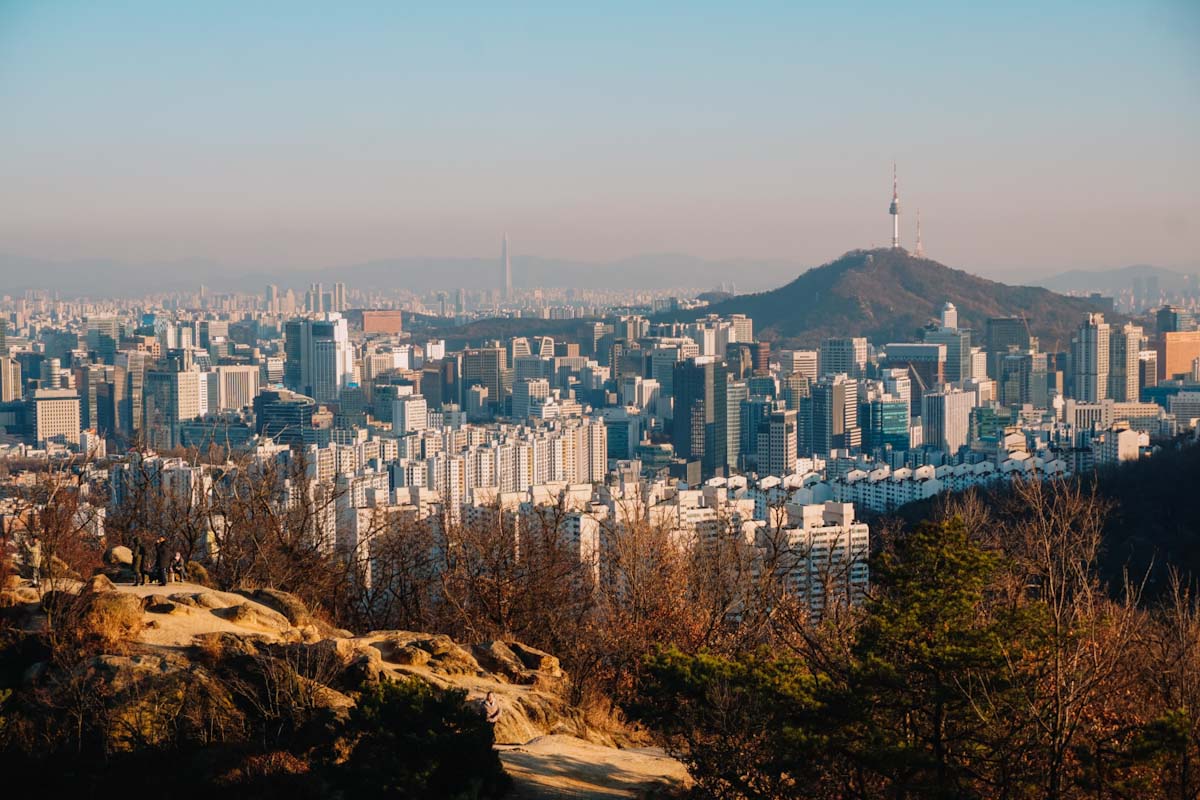
At the summit, you’ll see a small round platform with an old beacon fire station that has been used to send smoke signals in the past. Take in breathtaking views of downtown Seoul, the N-Tower to the south, and the mountainous Bukhansan National Park to the north.
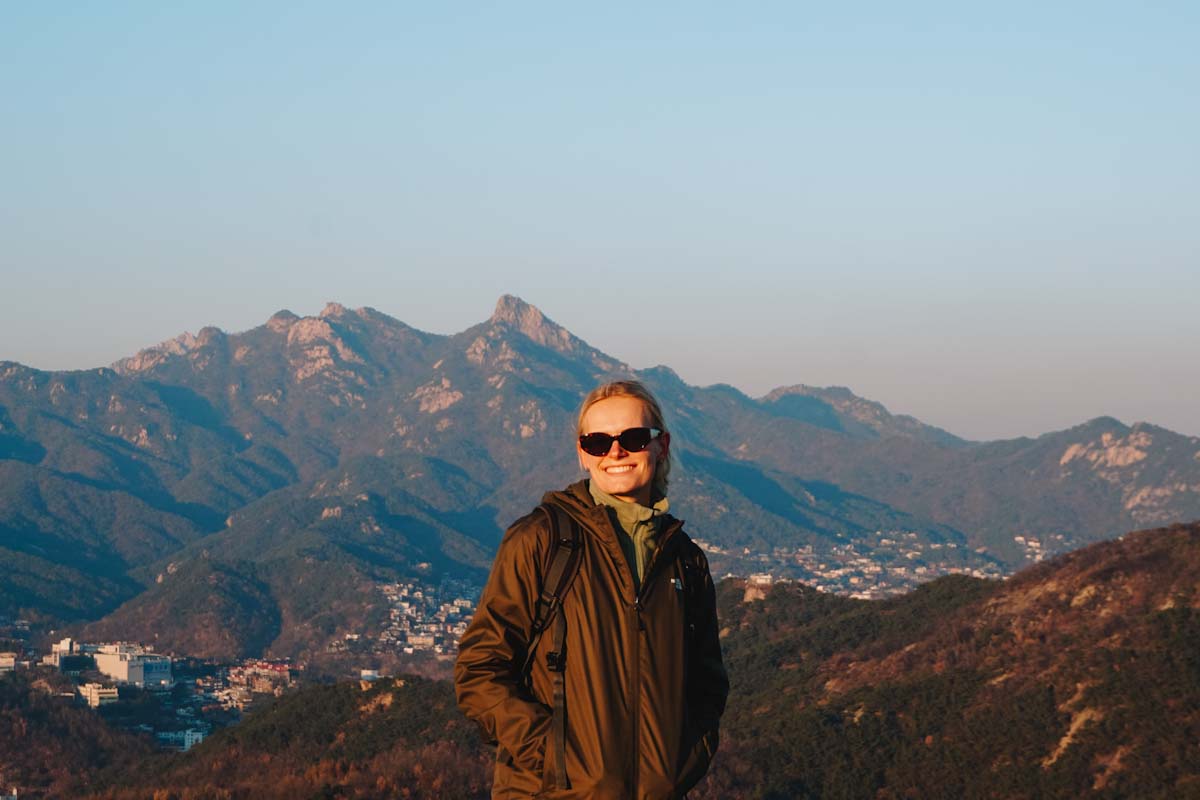
For the descent, venture down towards Yonsei University. This path consists of stairs which lead you through the forest.
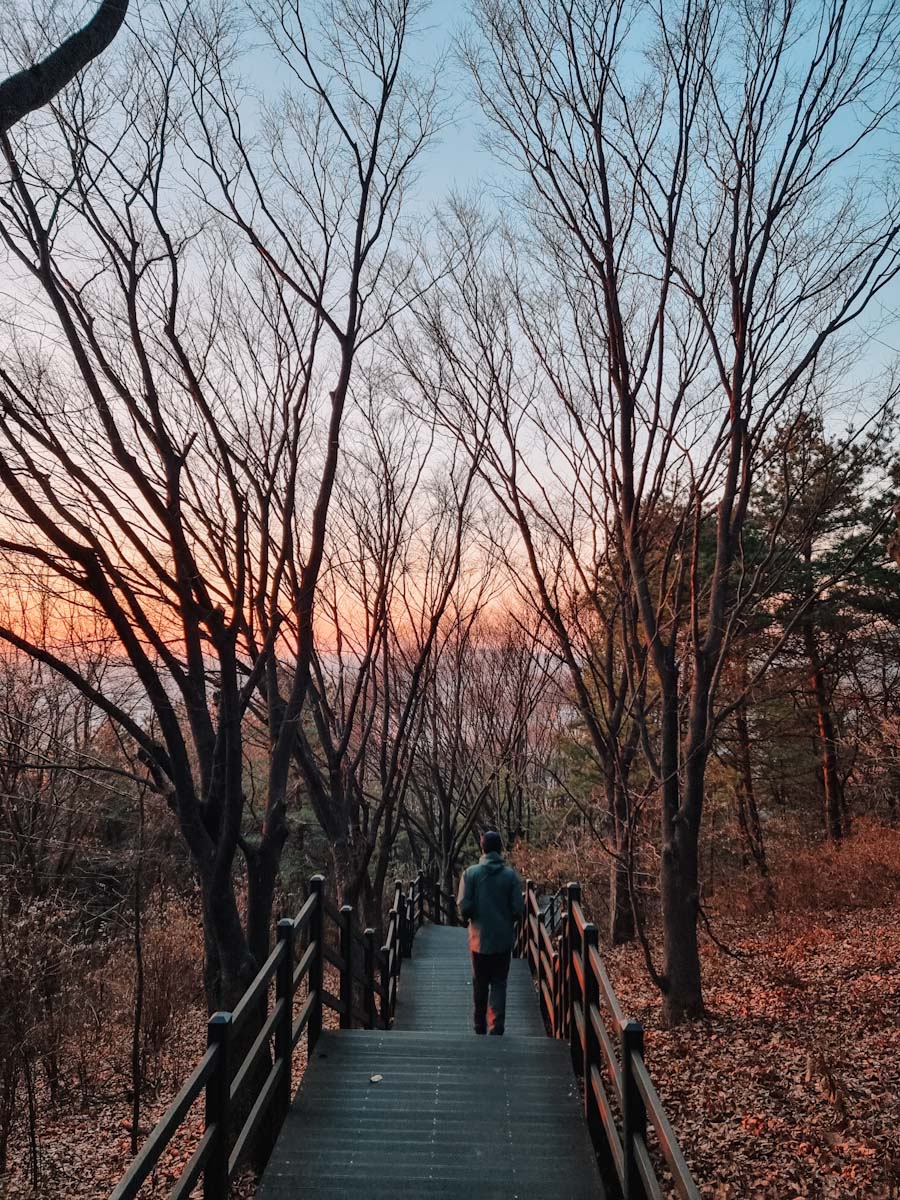
In addition to hiking to the peak of Ansan mountain, you can explore several relaxing walks within the park. The main one circles the mountain on a wooden boardwalk.
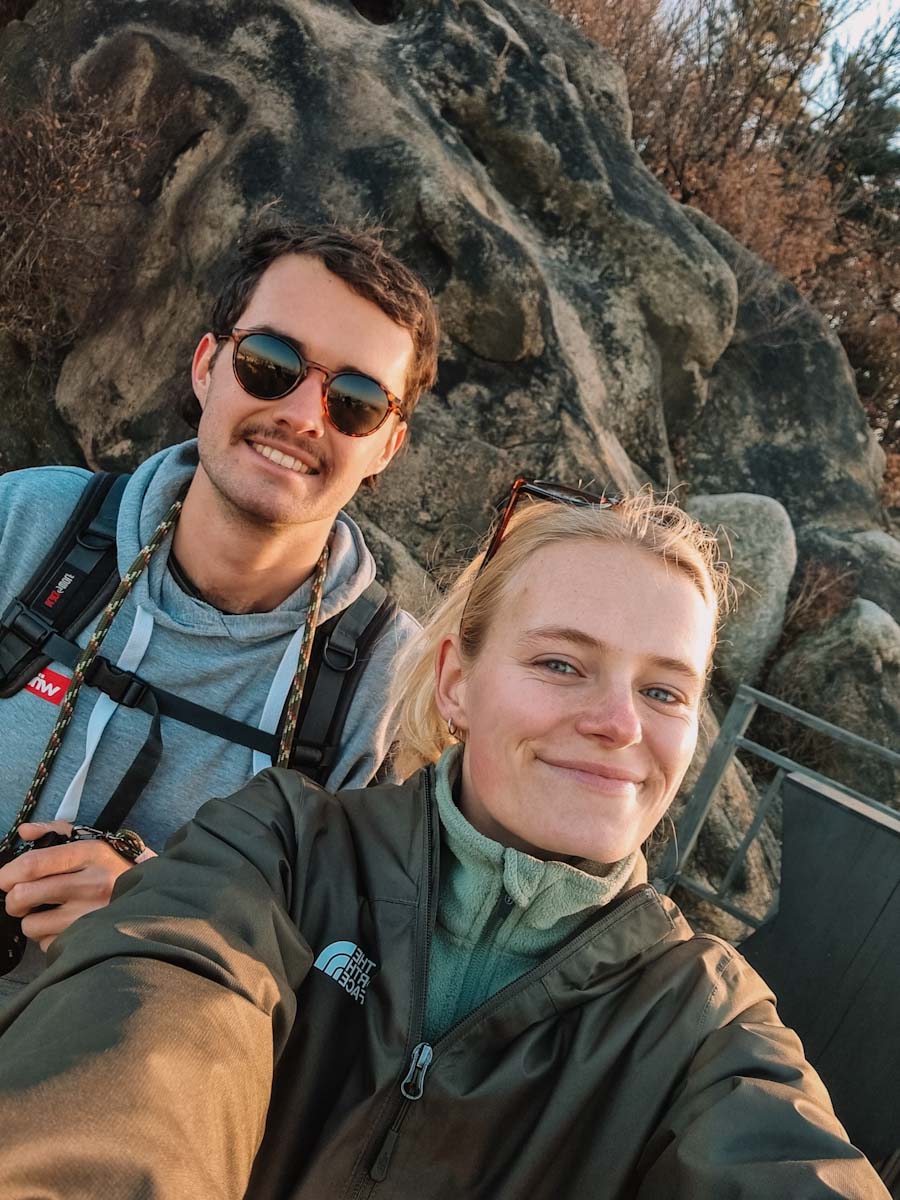
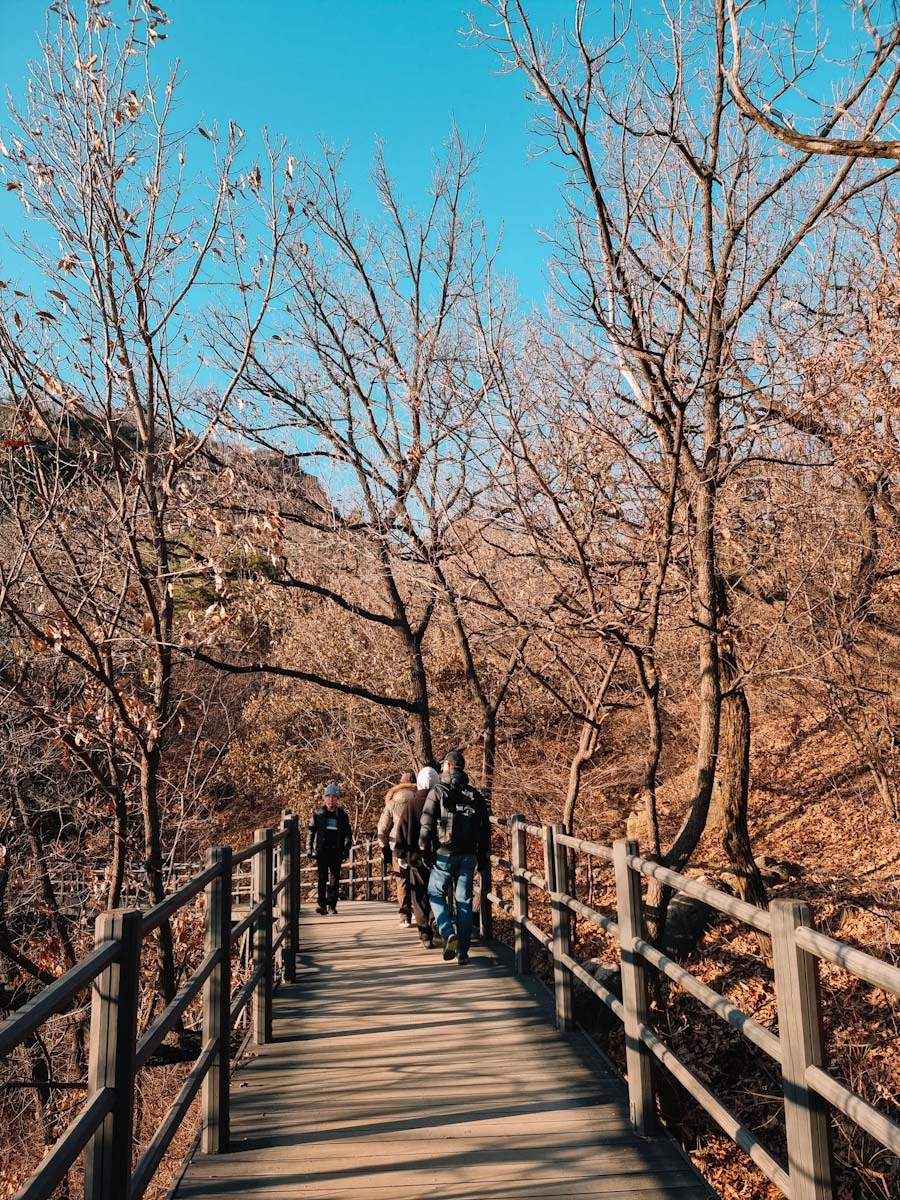
Inwangsan mountain
- 1 hour
- Start: Muak Children's Park
The famous and very centrally located Inwangsan mountain has its peak at 338 meters high and shouldn’t be missed when in Seoul. This is a very popular trail, so very high chances that you will see fellow hikers along the way. The 1 hour route is well maintained and offers amazing views.
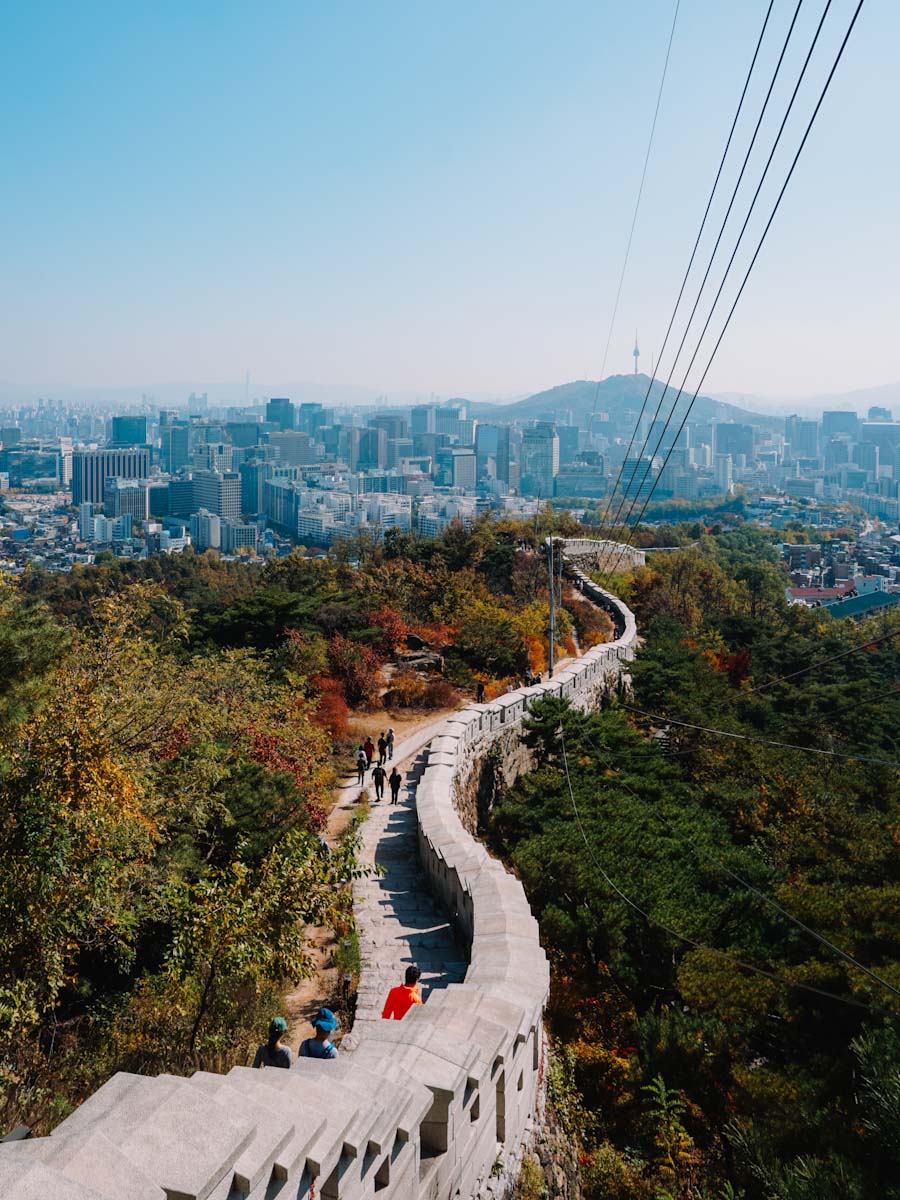
We recommend to start from Muak Children’s Park, which can be reached by getting off at Dongnimmun Station. One you reach the foot of the mountain, there is a long trail of stairs to get to the peak. This one is easy to follow as you just walk along the old city wall to the tip. Towards the end it becomes a little bit more technical but there are ropes for assistance.
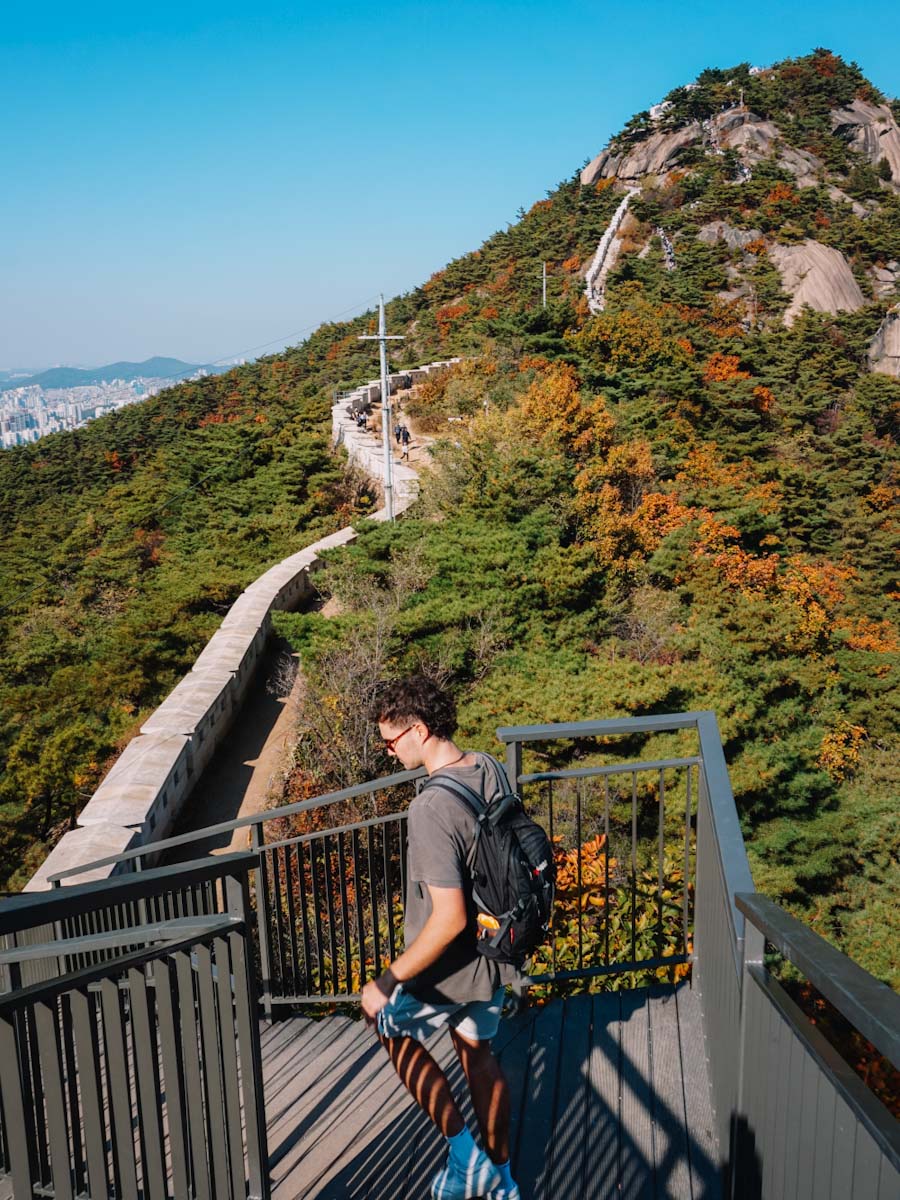
For the walk down, we recommend to make your way to Suseongdong Valley, the east side of the mountain. This path is mainly wooden stairs through the forest and is beautiful.
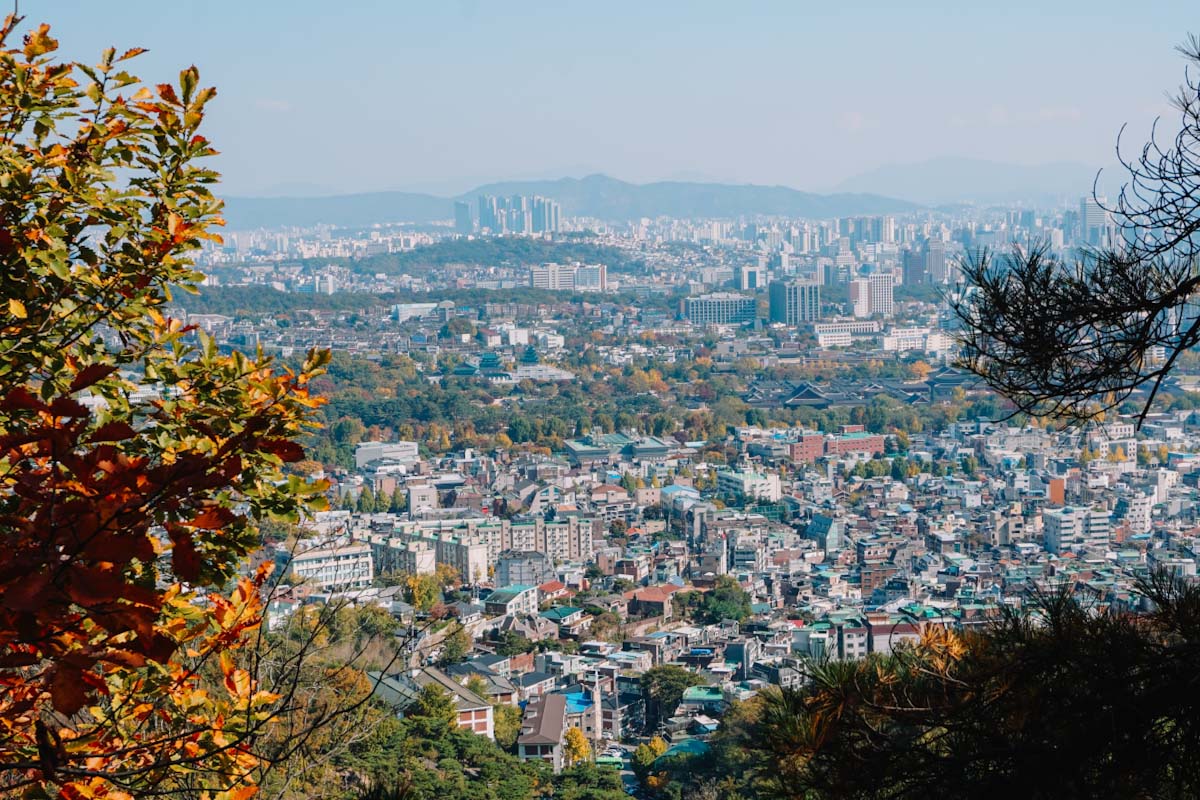
Going down this way, you’ll have beautiful views over the Gyeongbokgung Palace, a historical highlight and a must visit in Seoul. Consider the unique experience of visiting this palace in traditional Korean clothes, read all about it in our post: Renting a Hanbok in Seoul!
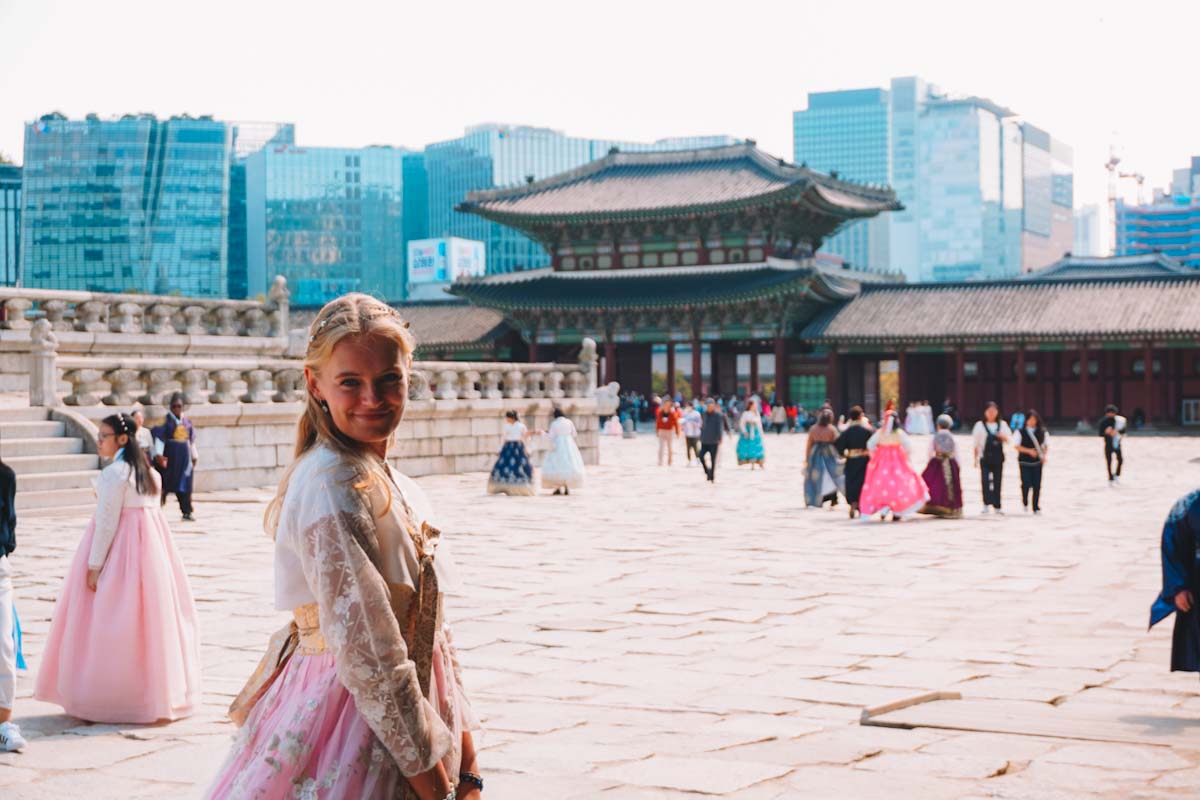
Naksan park
- < 30 minutes
- Start: Heunginjimun landmark
This walking path is also known as the Seoul City Wall trail. There is no peak, but this is a small hilly park with very scenic walking trails. Throughout the park and along the city wall, there are many spots to observe the city views during the day and at night.
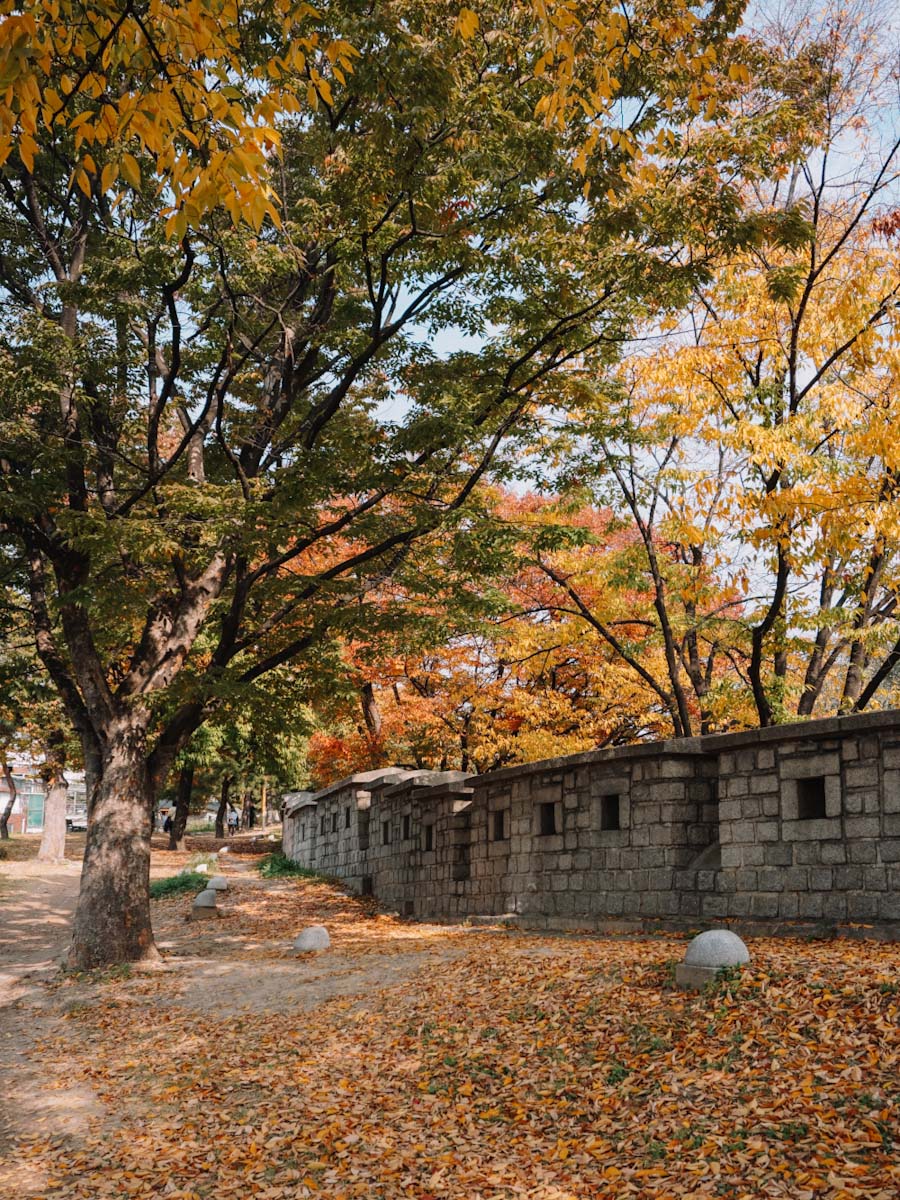
It is best to start at the Heunginjimun landmark (near Dongdaemun Station exit 1) and simply follow the old city wall up towards the Naksan Pavilion. The walk is not too steep and the atmosphere is very peaceful and relaxed. Walking up takes less than 30 minutes.
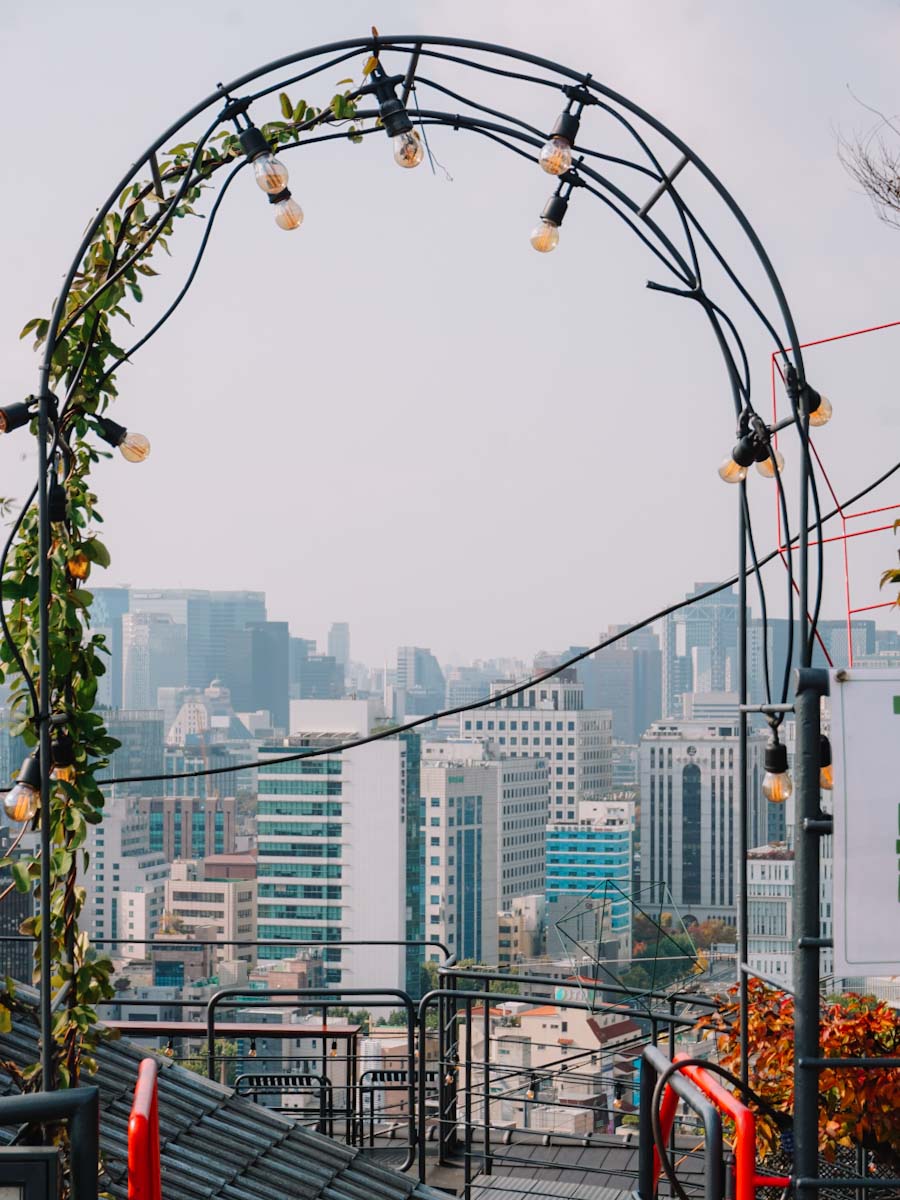
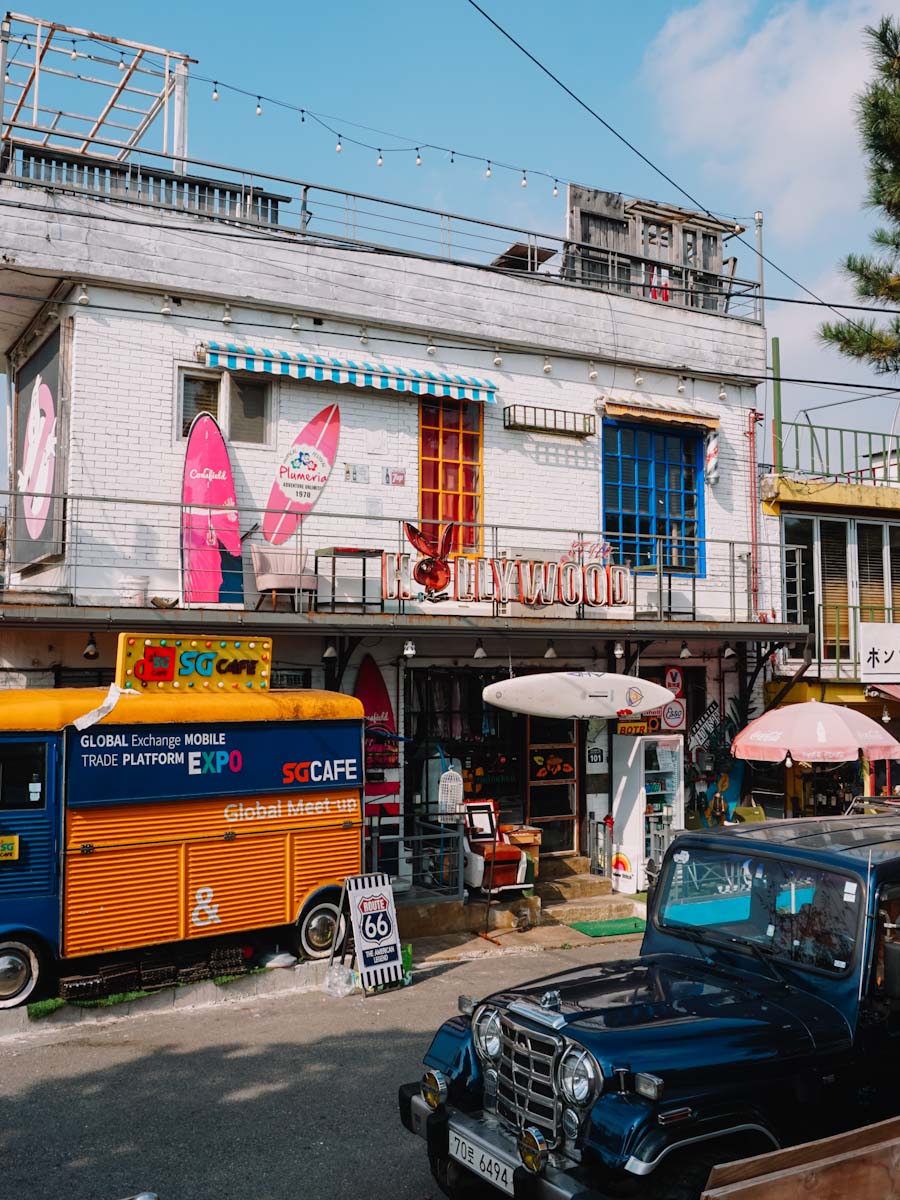
At the top of the city wall, there a some very cute small cafes. These make the perfect spot for a drink and snack with great views.
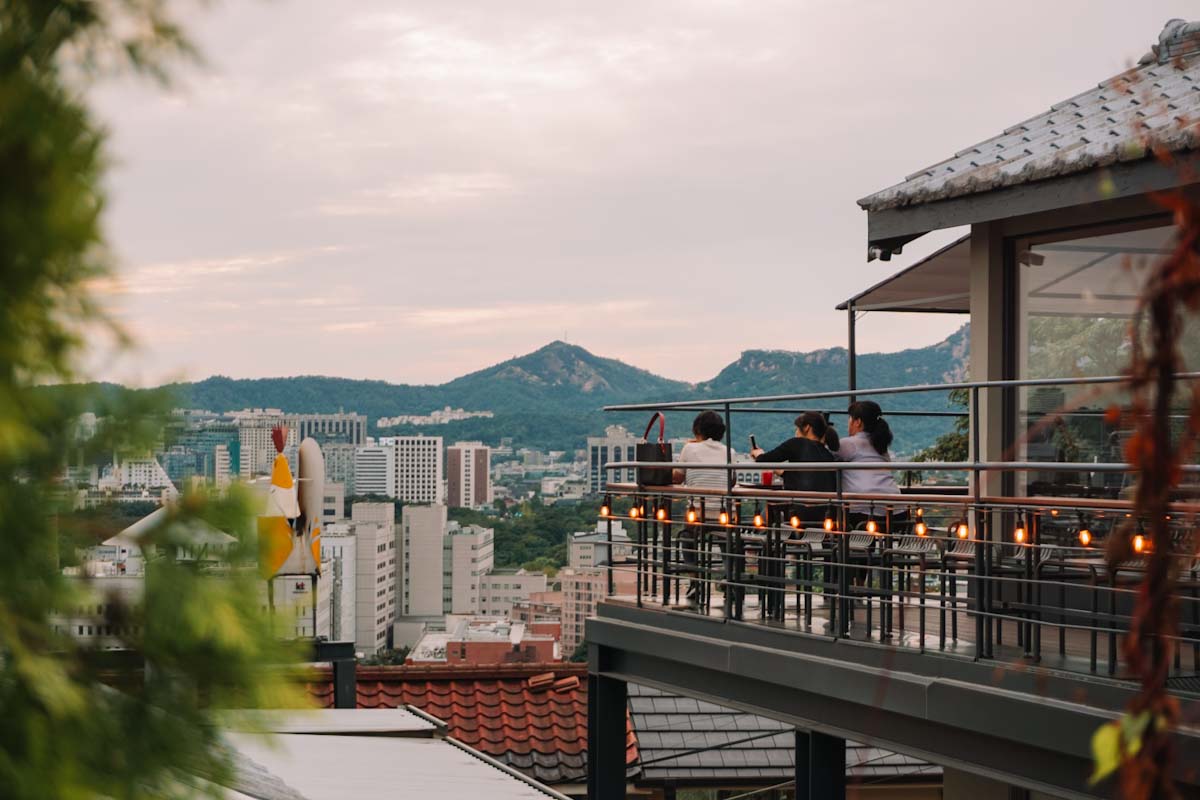
On your way back, don’t forget to check out Ihwa Mural village. This area is full of beautiful street art by local artists. Wander through the narrow streets and discover the many hidden colourful murals.
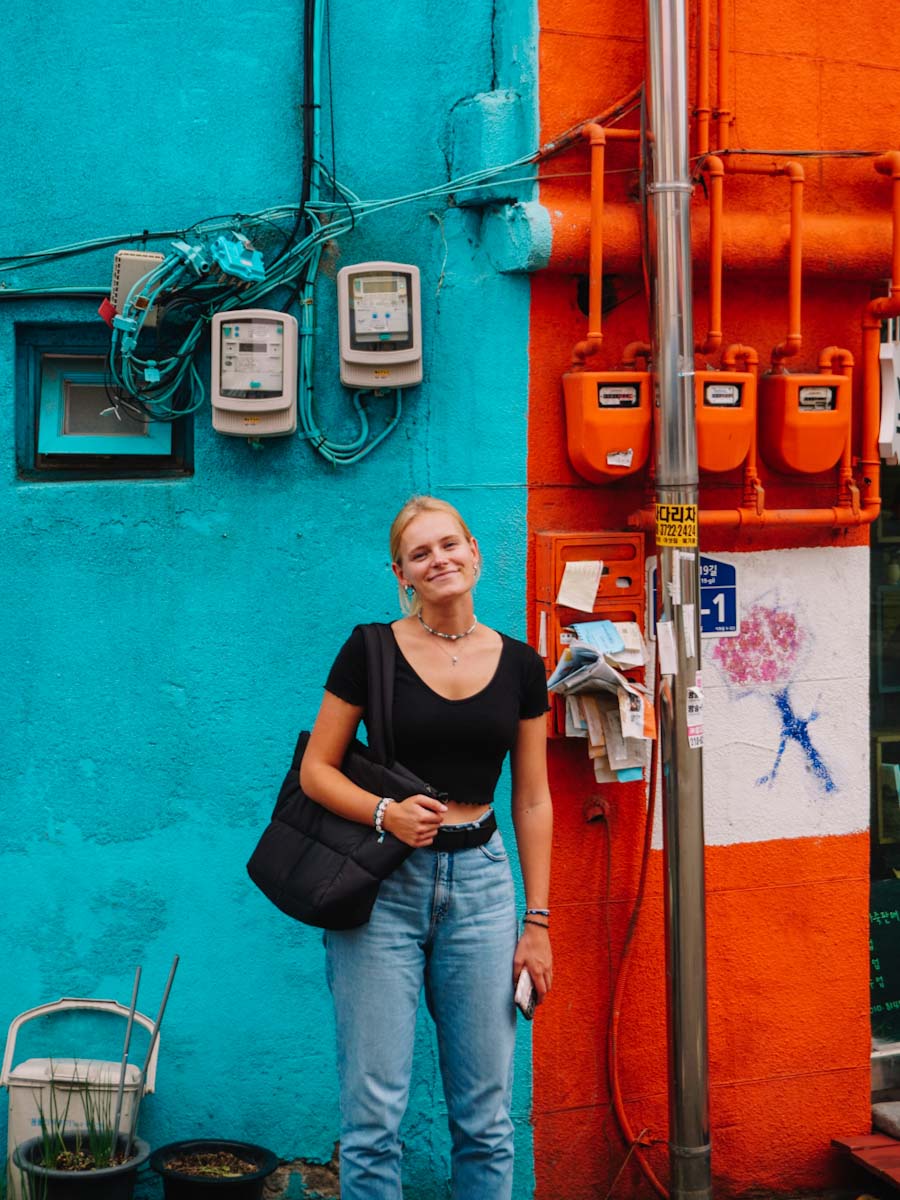
Namsan tower
- < 30 minutes
- Start: Namsan Fortress Wall entrance
This iconic attraction in Seoul, often visible from various points across the city, is the Namsan Tower on top of the Namsan Mountain Park. Serving as a guiding landmark, the tower is a must-visit for its great views over Seoul.
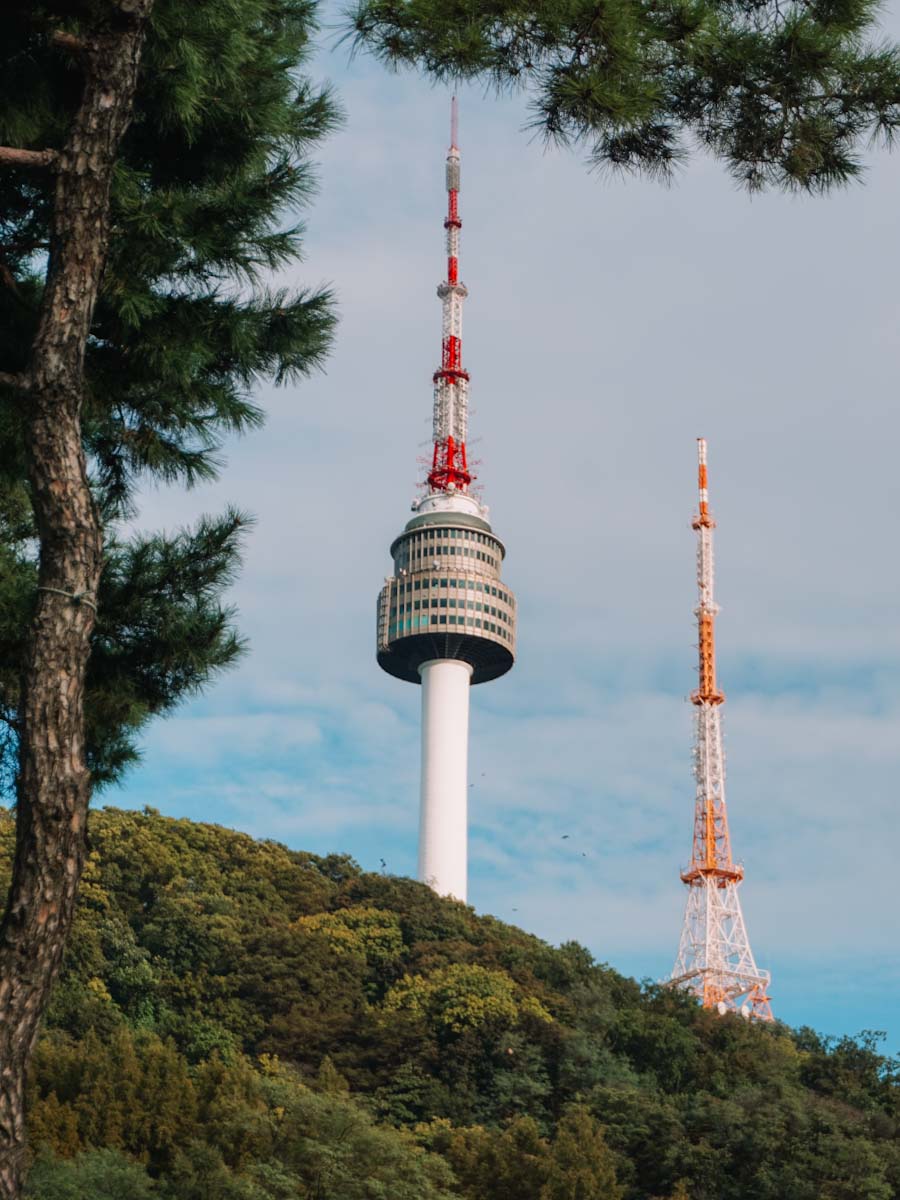
To reach the N-tower you’ll have ascend a series of stairs. We recommend starting from the Namsam Fortress Wall entrance, accessible from Hoehyeon station (exit 4). Follow the wall, cross the parking area, and start the trail of stairs. The walk up offers breath-taking panoramic views of the city during day and night.
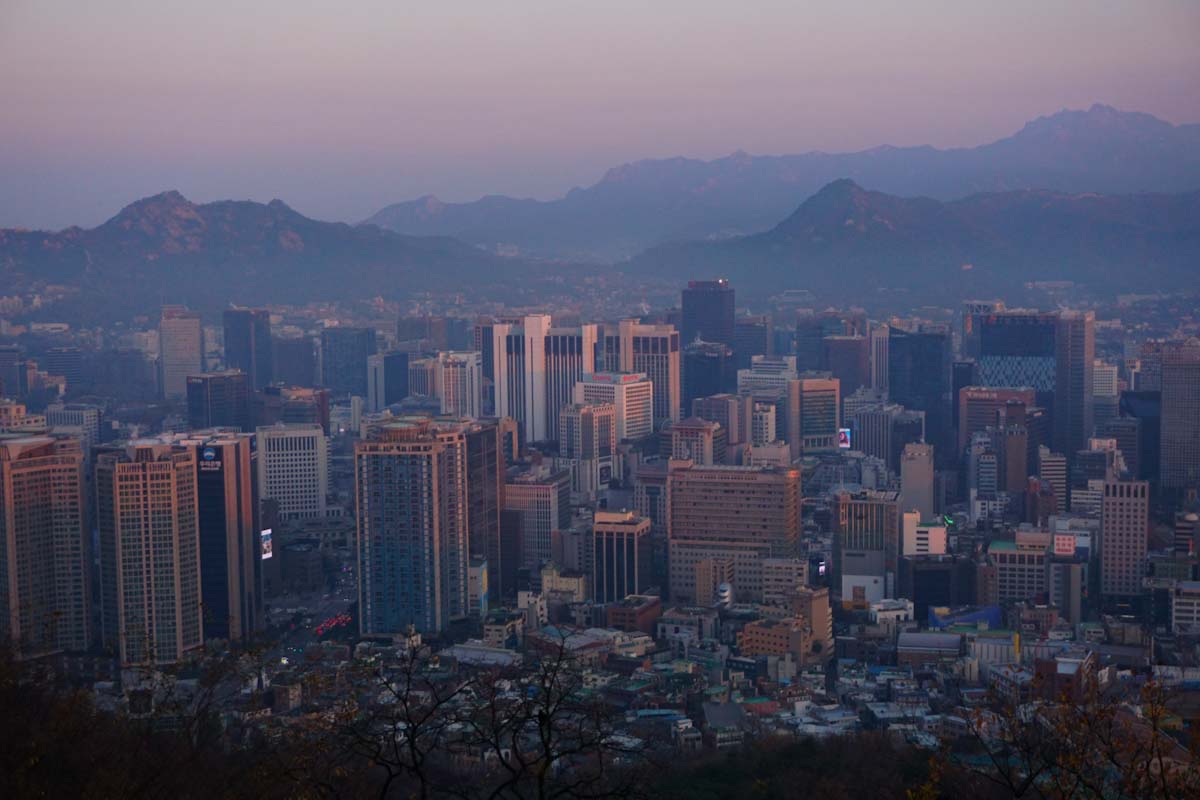
Once you’ve reached the top, which should take around 30 minutes, the Seoul N Tower awaits. There a few cafes/stores at the top so you buy a drink or a snack. Don’t miss the famous love-lock fences, where people express their love by attaching a padlock along the fence.
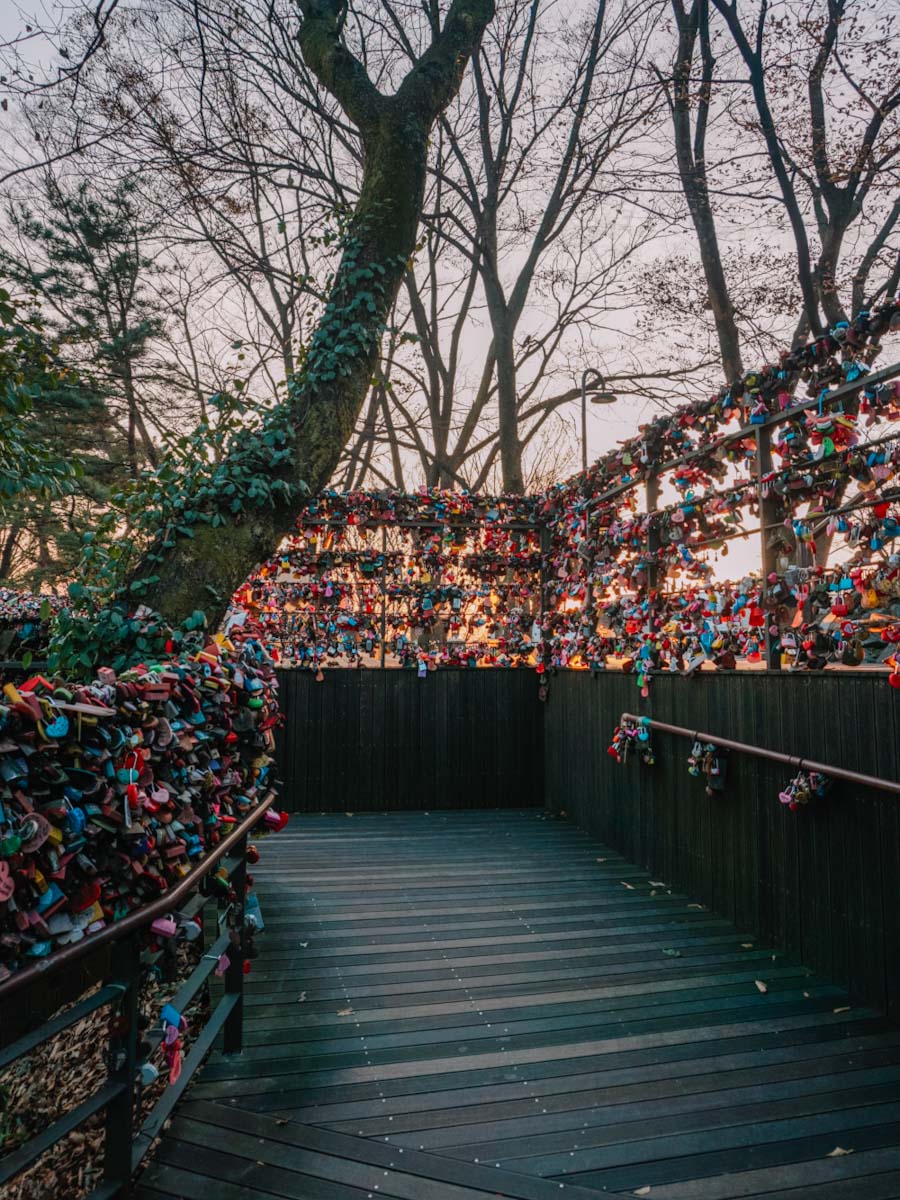
Up for a bigger challenge?
If you enjoy hiking and are looking for more technical and intense hikes, than we can recommend climbing to South Korea’s highest point! This is mount Hallasan on Jeju island. Read all about this full day hike in our guide to hiking mt. Hallasan!
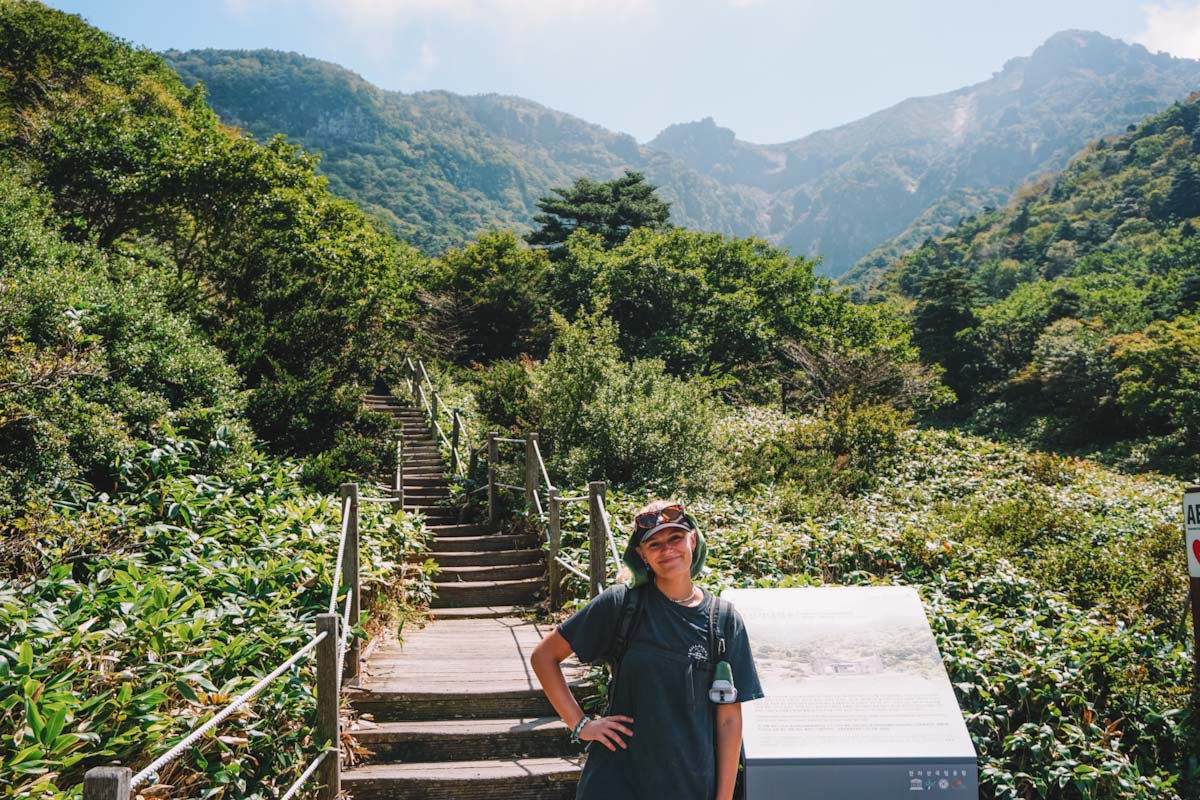

Disclaimer: This blog contains affiliate links. When you book through our links we can earn a small commission, but the price you pay stays the same, it’s a win win! We’d really appreciate the support.

